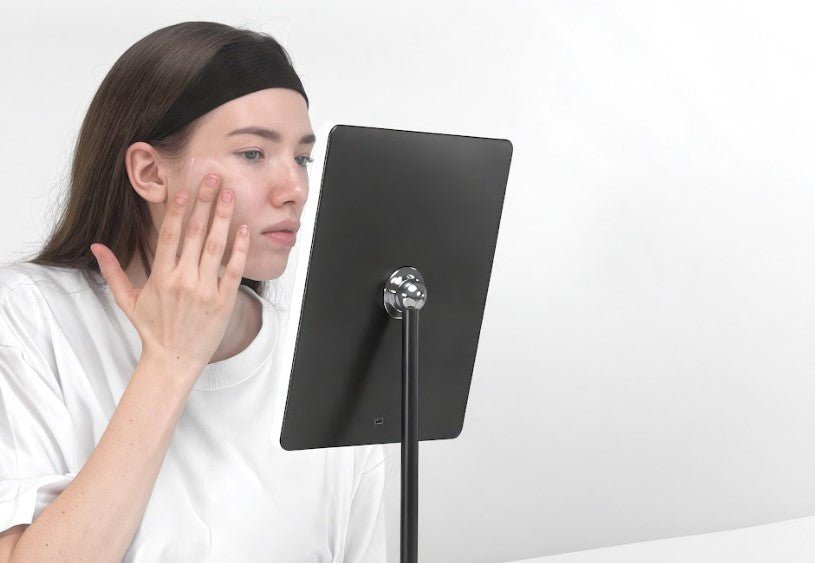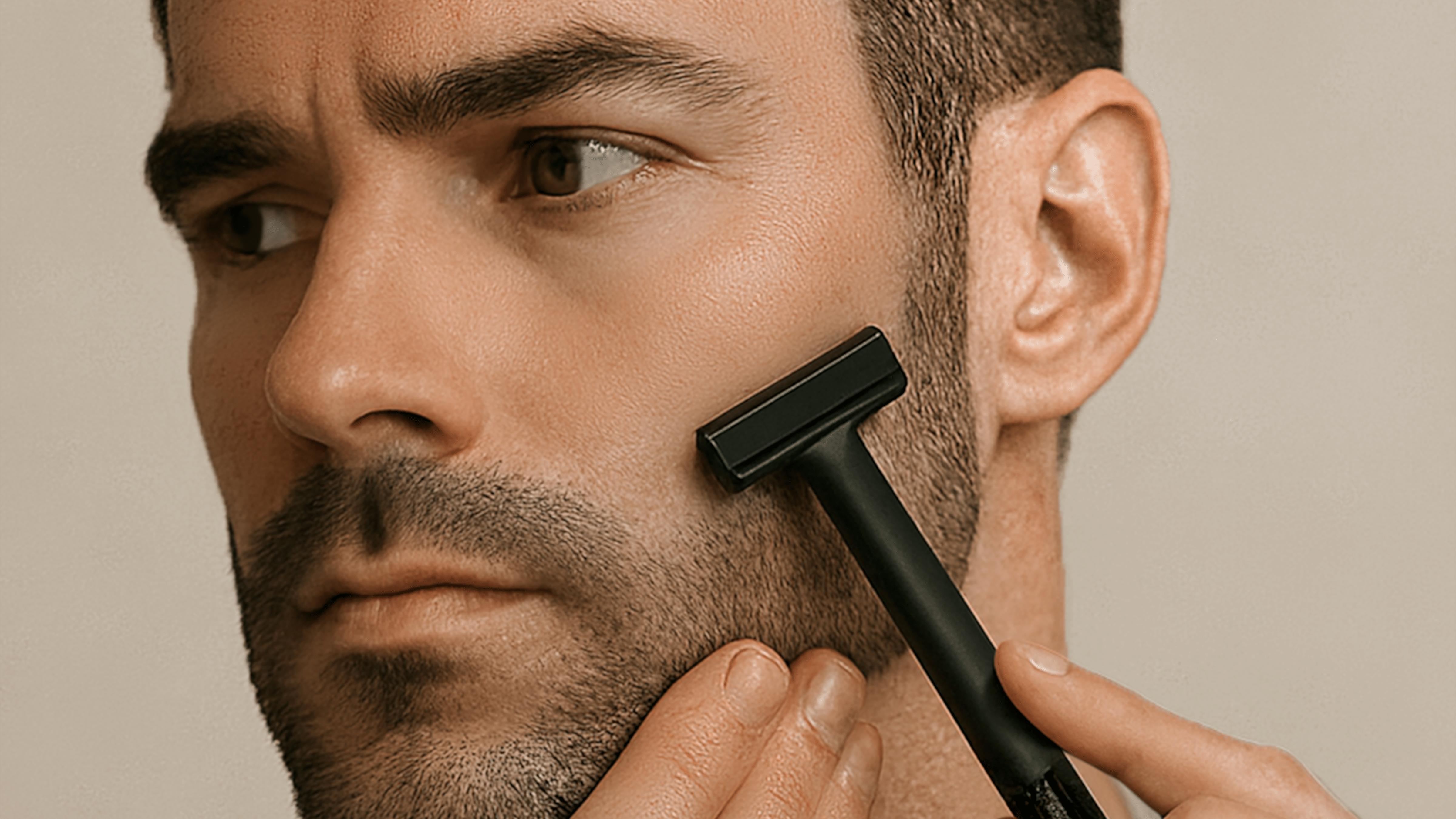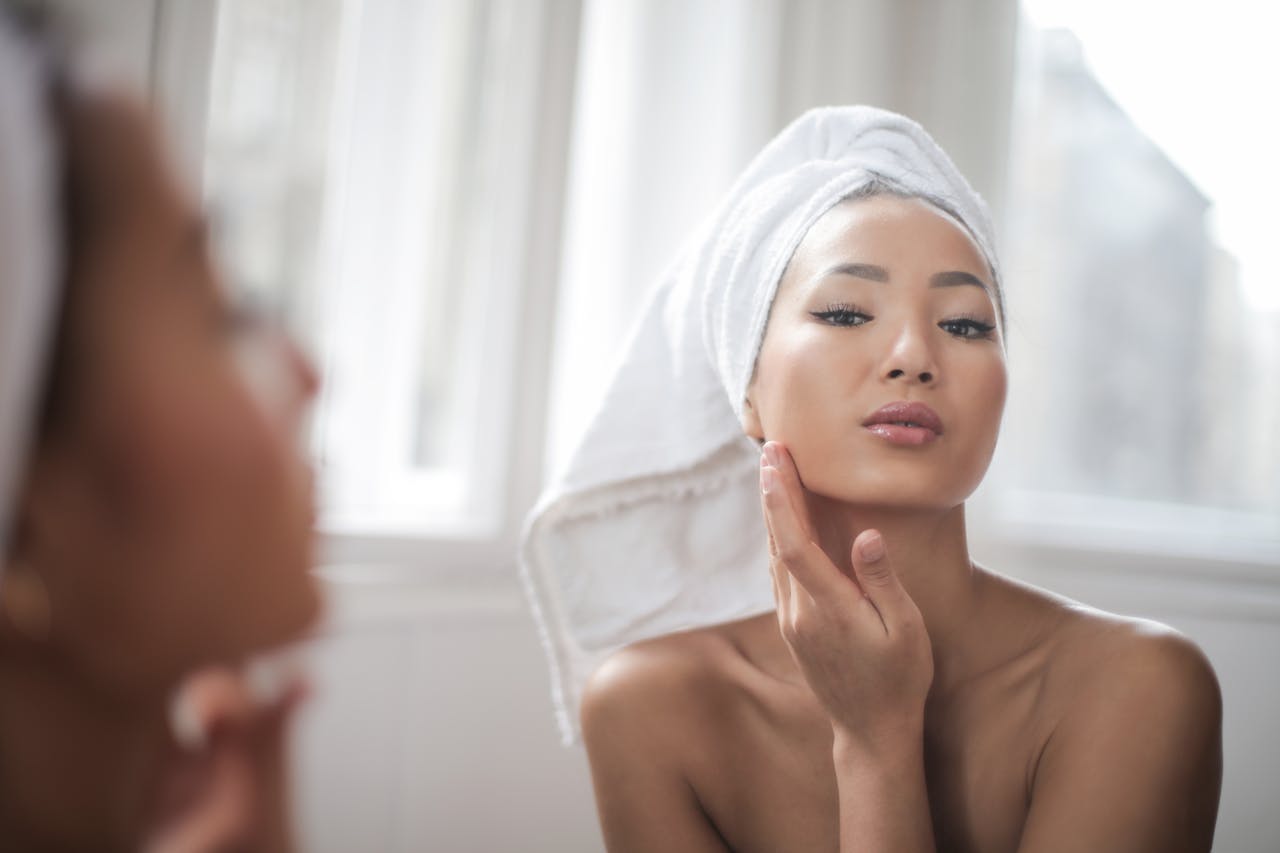5 Mistakes People Make Doing Makeup Under Bad Lighting
We have all been there: the foundation looked perfect in your bathroom, then turned ghostly in the lift mirror. Lighting can be a silent saboteur — shifting undertones, exaggerating pores, and generally making you wonder if your concealer has a vendetta. Poor illumination is one of the biggest culprits behind uneven makeup, yet it is rarely discussed outside of professional studios.
Here are the five most common makeup mistakes people make under bad lighting — and how to fix them for good. Whether you are working under harsh fluorescents, cosy tungsten lamps, or a cloudy window, the right makeup mirror with lights makes all the difference.
1. Applying Foundation Under Yellow Light
Warm indoor bulbs (typically around 2,700 K) flatter candlelit dinners but distort colour accuracy. Skin looks warmer, undertones blur, and you might end up applying cooler shades to compensate — which turn orange outside.
Use a neutral or daylight setting (around 5,000–6,500 K) to match your base. Once your tone is correct, you can finesse under warmer light if you want a golden glow. Never match foundation in ambient evening light; it lies every time.
A CRI (Colour Rendering Index) above 90 ensures makeup colours appear as they would in natural daylight. Lower CRI lighting can dull cool tones or oversaturate warm ones, leading to inaccurate shade choices. — Journal of Cosmetic Science, 2024
2. Ignoring Shadows on the Face
Single overhead bulbs or side lamps create directional shadows that hide or exaggerate features. One cheek looks contoured; the other disappears. This leads to uneven bronzer, patchy blush, and a mysterious half-face highlight.
Always face the light. The ideal vanity mirror has balanced, symmetrical LEDs that wrap light evenly around your face. ORBIT’s circular halo design, for instance, removes harsh shadow zones — making symmetry effortless.
| Lighting Setup | Effect on Makeup | Best Practice |
|---|---|---|
| Overhead Light Only | Creates harsh nose and under-eye shadows | Add front-facing LED source at eye level |
| Window Side Light | Uneven contour, one side over-blended | Turn mirror perpendicular to window |
| LED Ring / Halo | Even diffusion, balanced exposure | Ideal for daily use and photography |
3. Relying on Bathroom Fluorescents
Fluorescent light is notorious for washing out the complexion. It accentuates pores, exaggerates redness, and makes skin look lifeless. It also has a greenish tint that distorts neutral undertones — particularly noticeable in photos.
If you can, apply makeup near a window or switch to an LED mirror with neutral-white light (around 4,500–5,500 K). LEDs are more energy-efficient and give you truer colour representation than any fluorescent tube could dream of.
Fluorescent lighting peaks in the green spectrum, disrupting how the human eye perceives skin tone balance. LED sources with continuous spectral output provide smoother, more natural illumination. — Lighting Research & Technology, 2023
4. Using the Wrong Mirror Angle
Angles change everything. Tilting your mirror upward exaggerates your chin and under-eye shadows; tilting downward hides them, causing uneven concealer or blush placement. Many people instinctively angle their mirrors to avoid glare — and end up misjudging where light falls.
Adjust the mirror so the centre of your face is perpendicular to the light. Good vanity mirrors like ORBIT have adjustable tilt and rotation for this exact reason. The goal is even light, not self-flattery.
Expert Quote: “The biggest difference between professional and home makeup is lighting geometry. Even light at eye level reveals everything — it’s confronting, but it’s honest.”
— Camilla Rivers, Editorial Makeup Artist, London
5. Skipping the Final Light Check
The final mistake is trusting a single light source. Makeup applied under bathroom bulbs might look flawless indoors, but step outside and undertones can shift dramatically. Always do a quick light test before leaving — especially for foundation, contour, and lipstick.
Modern mirrors like ORBIT offer adjustable brightness and warmth settings so you can preview your look for daytime, office, and evening lighting at the tap of a button. Five seconds of checking saves hours of regret (and selfie deletion).
FAQs
Why does my makeup look different in photos than in the mirror?
Photos use flash or camera-balanced light that may not match your environment. High-CRI LED mirrors give a closer representation to daylight, reducing discrepancies.
What is the best lighting colour for applying makeup?
Neutral-white or daylight (5,000–6,500 K) is best for accurate colour matching.
Are LED mirrors better than fluorescent ones?
Yes. LEDs offer smoother spectral distribution, lower energy use, and truer colour rendering.
Can warm light ever be good for makeup?
Yes — warm light flatters finished looks for evening events. Match under neutral, then preview in warm.
How bright should my makeup light be?
Between 800–1,200 lux for close-up tasks. Most LUNA mirrors allow dimming to suit time of day.
Related Links
- Light Up Mirrors vs LED Mirrors: What’s the Real Difference?
- Vanity Mirror Buying Guide: Sizes, Lights & Features Explained
- Flawless Foundation: How Lighting Transforms Your Makeup
- Facial Massage for Glowing Skin: Why Lighting Matters
- Reset for Autumn: How to Transition Your Skincare from Summer to Winter
Related Products
Good lighting is honest lighting. See every detail clearly — and beautifully — with the ORBIT mirror.




Leave a comment
This site is protected by hCaptcha and the hCaptcha Privacy Policy and Terms of Service apply.